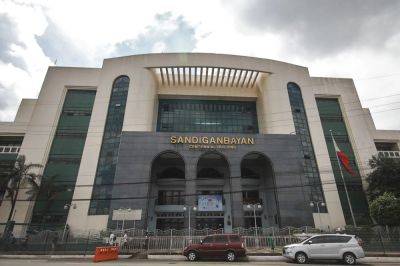Age-related muscle loss: How to keep it at bay
MANILA, Philippines — One moment you’re feeling young, strong and invincible, and able to carry on your youth’s incredible string of physical activities, but the next moment, you feel trapped in an old person’s body — weak, slow and unable to keep up with everyone else. Even walking may become a struggle for you.
This is called involuntary age-related muscle decay or loss, and older adults are vulnerable to it. Starting at around the age of 40, adults can lose up to 8% of their muscle mass per decade and this rate of loss almost doubles after the age of 70.
The human body has over 600 muscles working together to enable the full functioning of the bodily system. Supporting movement, stability, digestion and circulation, among others, muscles provide strength and energy needed for everyday activities.
“Muscles are the largest component of our total lean body mass, which is everything that makes up our body except for fat. In fact, muscles usually account for 50% to 60% of our body weight. This is why healthy muscles are essential to a person’s physical strength, organ function, skin integrity, immunity and wound healing,” explained Dr. Jose Dimaano Jr., Medical Director for Abbott’s nutrition business in the Asia Pacific.
He added: “As we age, muscle fibers shrink. Muscle tissues are also replaced more slowly, and often by tough, fibrous or fatty tissues that are rigid. And if you don’t meet your nutritional and exercise needs, your muscles will be less efficient in their ability to contract, leading to diminished strength and function.”
The condition of advanced muscle decay and function is called Sarcopenia, which may affect nearly one out of three people over the age of 50. Sarcopenia can significantly impact a person’s quality of life and drive health complications. Drastic muscle decay can impede the ability to do simple tasks such as walking, climbing a flight of stairs or even standing up from a chair. The condition can also increase incidences of falls and fractures that can cause disability, hospitalization and loss of independence.
”Malnutrition is one of the many factors that can quicken muscle mass loss among older adults,” Dr. Dimaano added. “What’s







